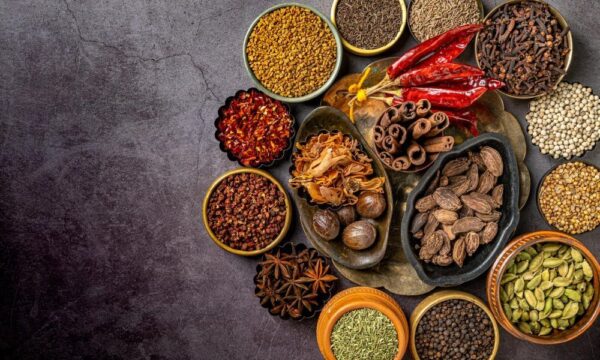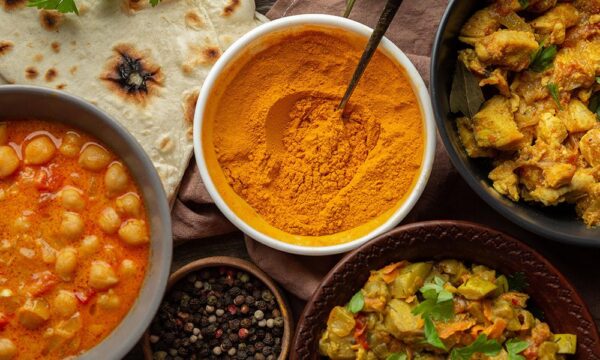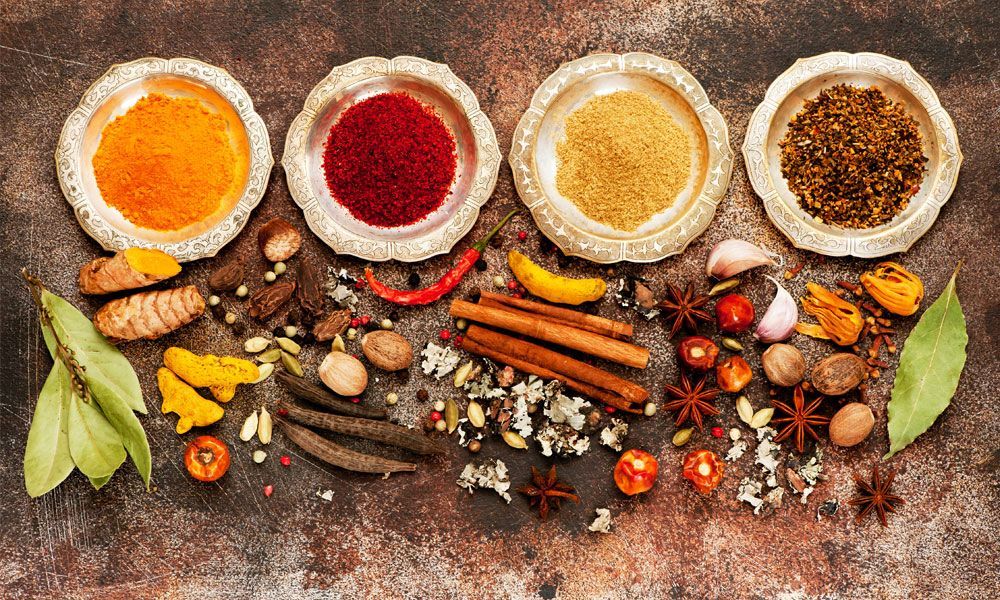Spices have played a significant role in the culinary arts throughout the history of human civilization. From ancient to modern times, these aromatic and flavourful ingredients have been used to enhance the taste and flavour of food, as well as for medicinal and religious purposes. While spices are used in the cooking of all cultures, their significance varies depending on the region.
History of Spices
Spices have been valuable commodities throughout history. Spice trade routes were established between the Middle East, Asia, and Europe, and some spices were so valuable that they were used as payment. The quest for spices was a major factor in the Age of Exploration, leading countries to discover new lands and expand their empires.

Types of Spices
Spices come in many different forms, including whole, ground, and dried. Some of the most common spices used in global cuisine include:
- Cumin
- Cinnamon
- Turmeric
- Ginger
- Coriander
- Cayenne pepper
- Cardamom
- Paprika
- Cloves
- Nutmeg

Global Significance of Spices
Spices hold a significant cultural value in global cuisine. In India, spices are used in traditional Ayurvedic medicine to promote health and well-being. In Middle Eastern cuisine, spices like saffron are used in celebratory dishes. In Mexican cuisine, chili peppers are a staple ingredient. In Southeast Asian cuisine, spices like lemongrass and galangal are used in many dishes. And in Europe, spices have been a product of affluence, with some varieties being used in desserts and holiday treats.
Spices have been an important part of global cuisine and culture for thousands of years. They bring flavor, aroma, and health benefits to dishes, and also provide a peek into the unique cultures that use them. Whether it’s the heat of chili peppers in Mexico, the sweetness of cinnamon in Europe or the warmth of ginger in Asia, the power of spices to bring different cultures together is what truly makes them special.




